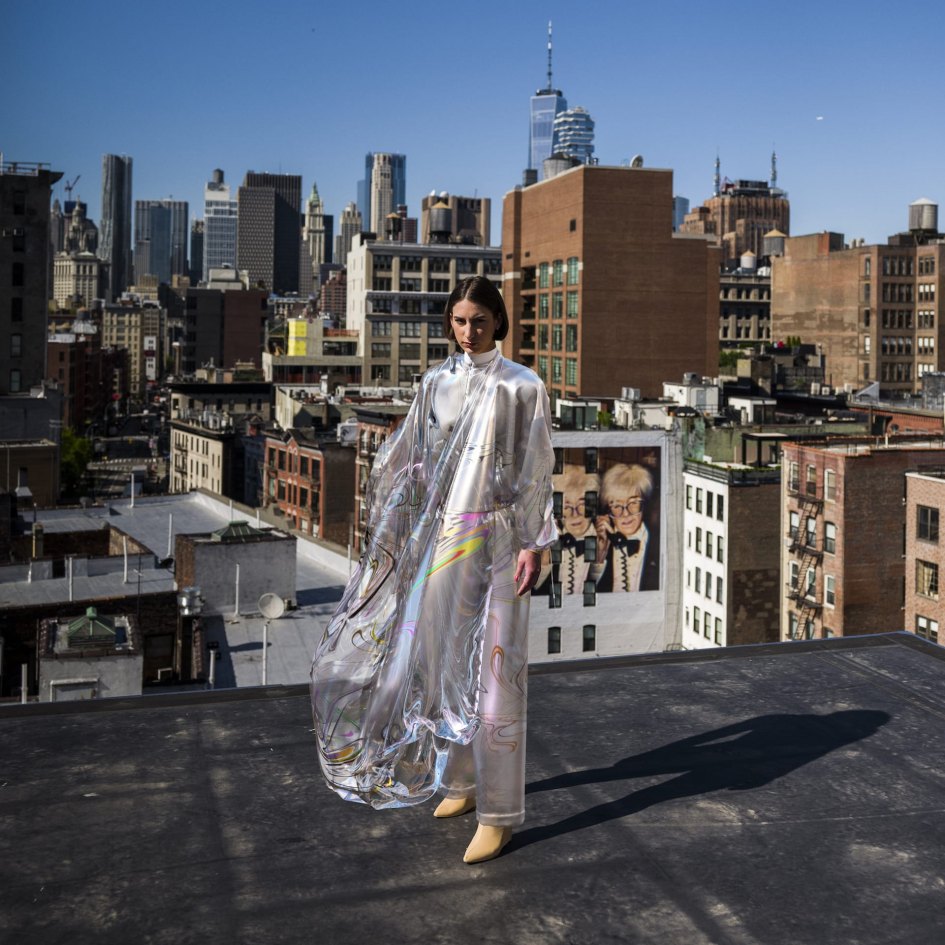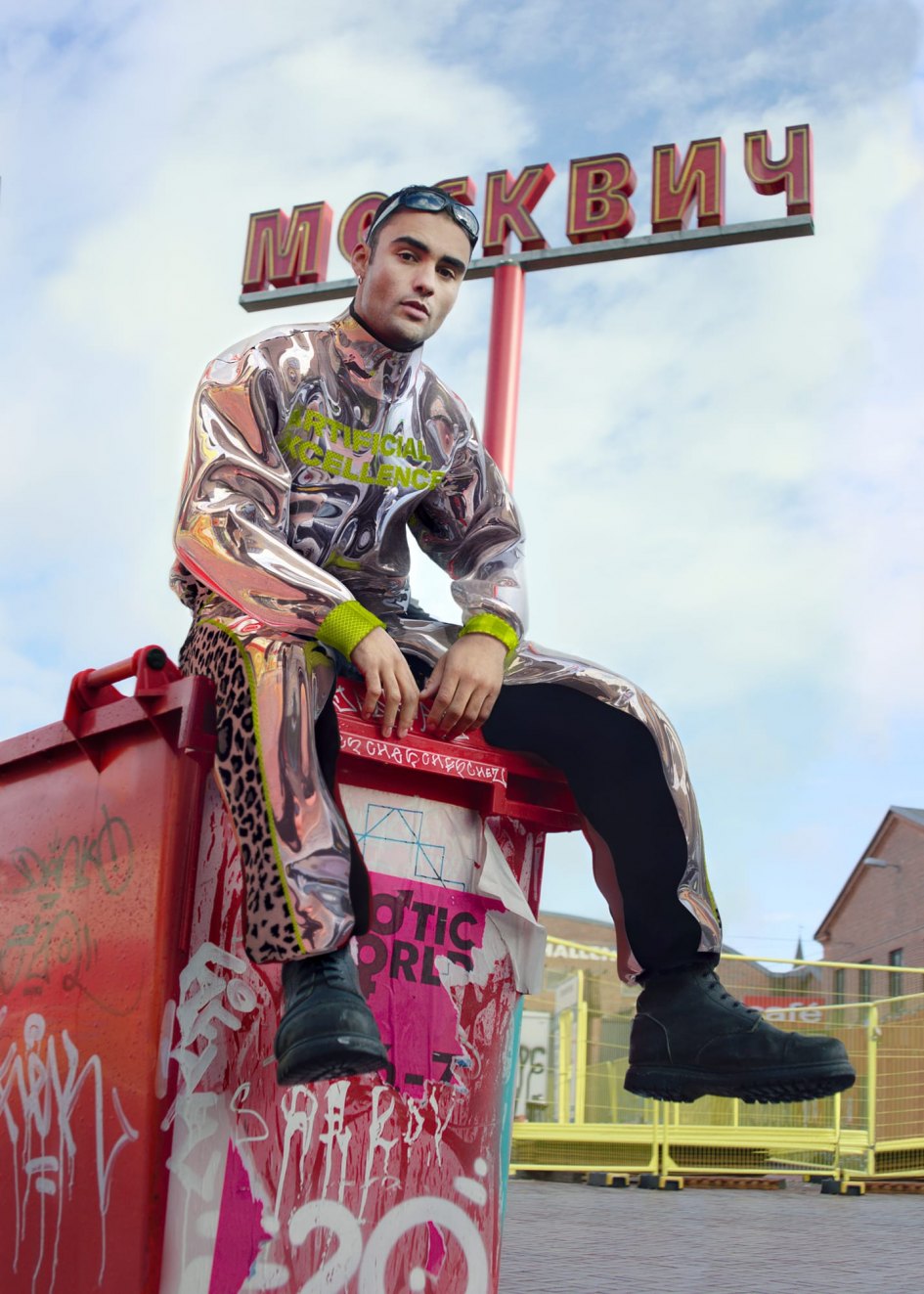Dreaming of Digital Fashion

Last July, Selfridges department store in London – renowned for its envelope-pushing summer-long campaigns – mobilised an internationally revered crew of new gen digital creatives to help compose The New Order.

The future-gazing extravaganza, spanning every floor and window of the famous space (as well as the brand’s e-commerce site) was conceived to showcase a not-so-distant future for retail, full of tantalising mixed reality experiences, AI-infused activations and delectable digital fashion. While all those things will form the fabric of our future downtime the latter is especially hot property right now. Arguably, it was the CGI superstars that sowed the seed of this blossoming love affair off: see Lil Miquela – the virtual mega-influencer (rumoured to be based on an LA-based blogger) who promoted Prada’s A/W 18/19 catwalk show on social media. Or Shudu Gram whose career began by gracing Instagram ads for Balmain and modelling lipstick for Rihanna’s brand, Fenty.

Messaging, too, has fuelled the appetite for the unreal: From late 2018 users of Genies, which lets people create digital clones of themselves to use in messaging apps, have been able to dress their diminutive digital doubles in virtual items from Gucci. Soon they’ll be able to buy both the physical and the virtual versions in-app with one click, too.
Top that off with gaming’s compelling journey into credibility (according to a report by youth consultancy YPulse 84% of teens now believe cool to play video games) and digital style is increasingly where it’s at. Moschino certainly knew it: in spring 2019, creative director Jeremy Scott created a (real-world) capsule collection of clothing and accessories to celebrate iconic life simulation game The Sims 20th anniversary, swiftly replicated in-game for dressing gamers’ avatars. With spending on clothes ‘aka skins’ in games predicted to hit $50bn by just 2020 it’s unsurprising Louis Vuitton’s also secured it’s slice of the action. It recently released a set of virtual garments for the game League of Legends, unlocked via gameplay, with real-life versions promised later this year.
Gaming may be the primary gateway to digital fashion, but the appetite for exceptional digital artisanship is already evolving into something more culturally expansive. In May 2019, the world’s first piece of ‘digital couture’ was sold at auction for $9,500 at the Ethereal Summit in New York. Called Iridescence, the hyper-real shimmering maxi dress was created by Dutch digital-only fashion house The Fabricant in collaboration with Berlin-based artist Johanna Jaskowska and Dapper Labs (the creators of blockchain game CryptoKitties), ready to be ‘digitally tailored’ to a high-quality photo of the winning bidder. Thanks to its blockchain backbone – a kind of digital passport from the moment of its creation – the dreamy virtual garment can also be traded over and over again, taking the notion of vintage fashion into a whole new and infinitely fascinating realm.
For those with piqued interest, but less desire to part with such funds, look to Norwegian retailer Carlings and its genderless, digital-only collections that are focused on style but also the power of digital garments to support a sustainable agenda. The first was a series of trend-led streetwear ensembles, each e-fitted by 3D motion designers to an image of the consumers for just €10-30 ($12-35) a piece. The fact it sold out immediately affirms that the future of fashion is still bright, just as long as it’s perfectly pixelated.
Read this article and other relevant editorial content in our 2020 edition of Highlights, our company’s flagship publication. View online here.
Katie Baron
Pia Arrieta, 06 May 2020 - Lifestyle
Related Articles

Forum Marbella: Bringing Vision and Design to Life in the Community
5 min. read · Pia Arrieta

Year-Round Activities in Sierra Nevada: Skiing and Beyond
8 min. read · Pia Arrieta

Winter Dining and Exploring the Marbella Area
8 min. read · Pia Arrieta

Padel, Marbella’s very own racket sport
5 min. read · Pia Arrieta